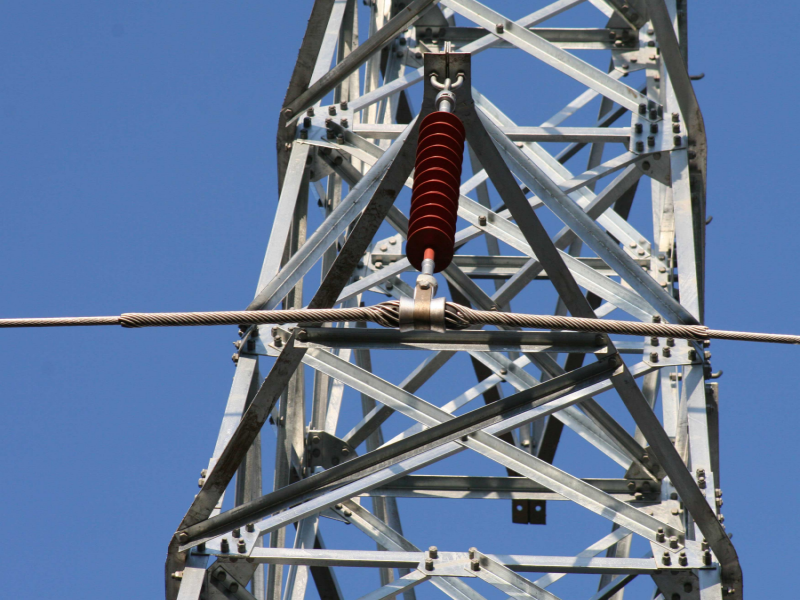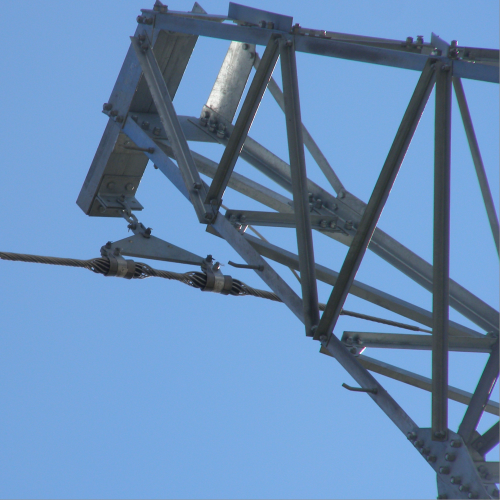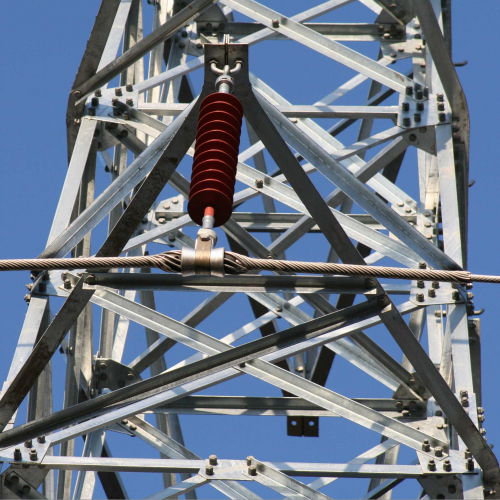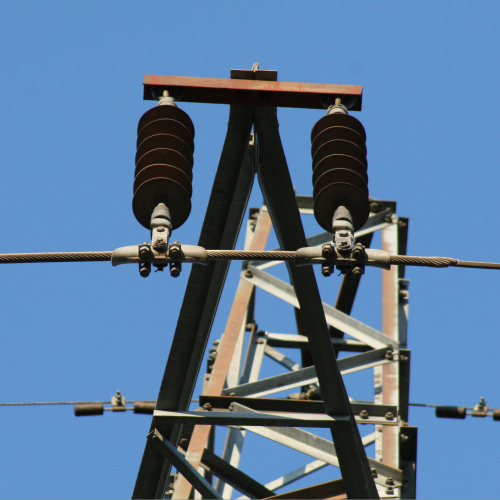In power transmission and transformation lines, Preformed Conductor Tension Clamp is frequently used. The main function of Preformed Conductor Tension Clamp is to connect the bare conductors and overhead insulated conductors of distribution lines. The performance of Preformed Conductor Tension Clamp is better than that of bolt-type tension clamps and compression-type tension clamps, which has been recognized by the power sector. In terms of manufacturing process, it is mostly made of galvanized steel wire or aluminum-clad steel material, and its mechanical properties can fully meet the use of various power transmission and distribution lines. So, what are the specific features and installation points of Preformed Conductor Tension Clamp?
Performance Characteristics:
1. The design of Preformed Conductor Dead End makes full use of the mechanical properties of performed wire to ensure uniform force between the conductor and the clamp.
2. Preformed Conductor Dead End uses corrosion-resistant materials such as galvanized steel wire and aluminum-clad steel wire, which improves the service life of the product to a certain extent.
3. The Preformed Conductor Dead End is optimized in design and can be installed manually without special tools.
4. The Preformed Conductor Dead End uses environmentally friendly materials, which conforms to the concept of green development, minimizes the impact on the environment during production and use, and establishes a green image for the company.

Installation Points:
1. The structure of the Preformed Conductor Dead End is relatively special and can only be used once. Re-use will reduce the mechanical properties of the Helical Tension Clamp For Conductor and cannot meet the line design requirements.
2. Before installation, it is necessary to select a suitable Helical Tension Clamp For Conductor according to the model of the conductor to match the conductor and ensure the safety of the line.
3. It is not possible to overlap the conductor on the Helical Tension Clamp For Conductor, but it is allowed to overlap before and after the Helical Tension Clamp For Conductor.
4. The rotation direction of the stranded wire should be consistent with the rotation direction of the Helical Tension Clamp For Conductor, so as to ensure that the grip of the Helical Tension Clamp For Conductor to the conductor reaches a normal level. One of the installation directions ensures that the Helical Tension Clamp For Conductor is at the critical point of the conductor grip to avoid the risk of wire breakage and strand breakage.
Our experienced and skilled team of designers, including CAD designers and 3D designers, can provide excellent design for your project. To ensure customer satisfaction, all customers can enjoy simple design services. If you need more complex structural engineering design, such as overhead transmission line and distribution line design, we also provide this service and charge designer fees. We look forward to providing excellent design and advice for your project.





